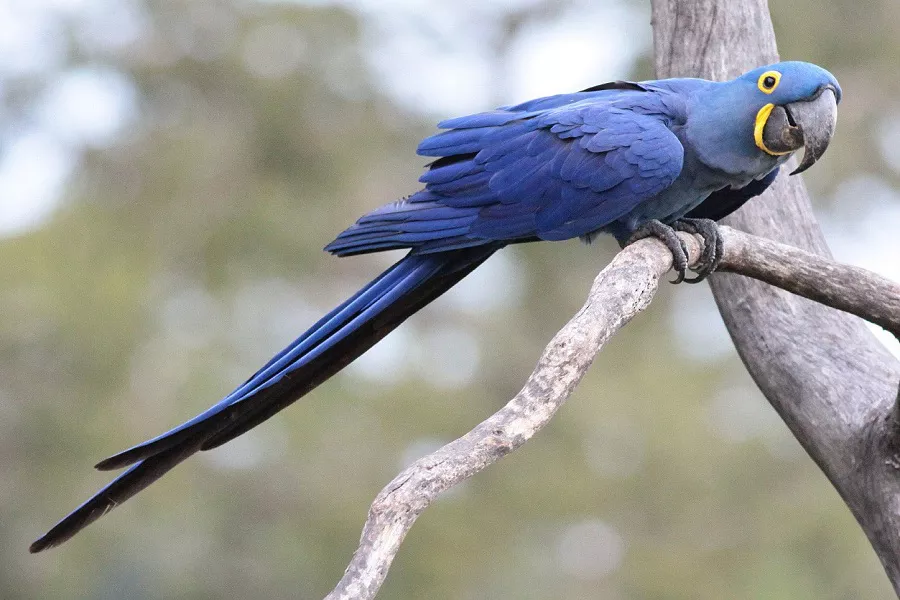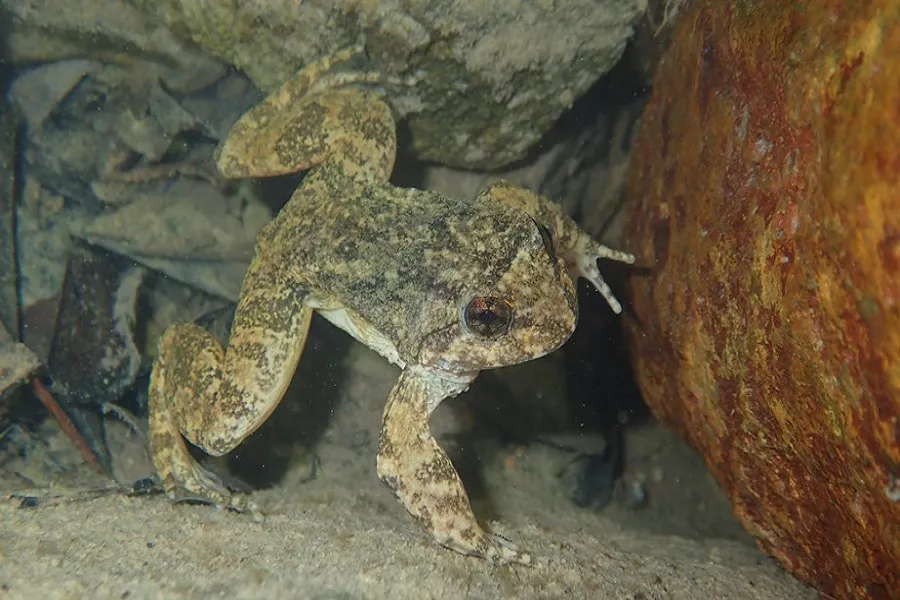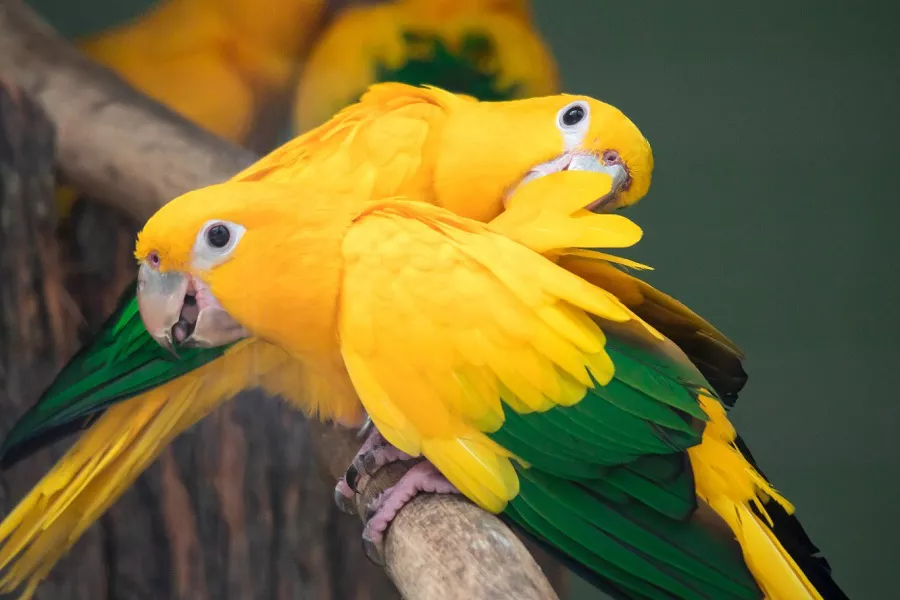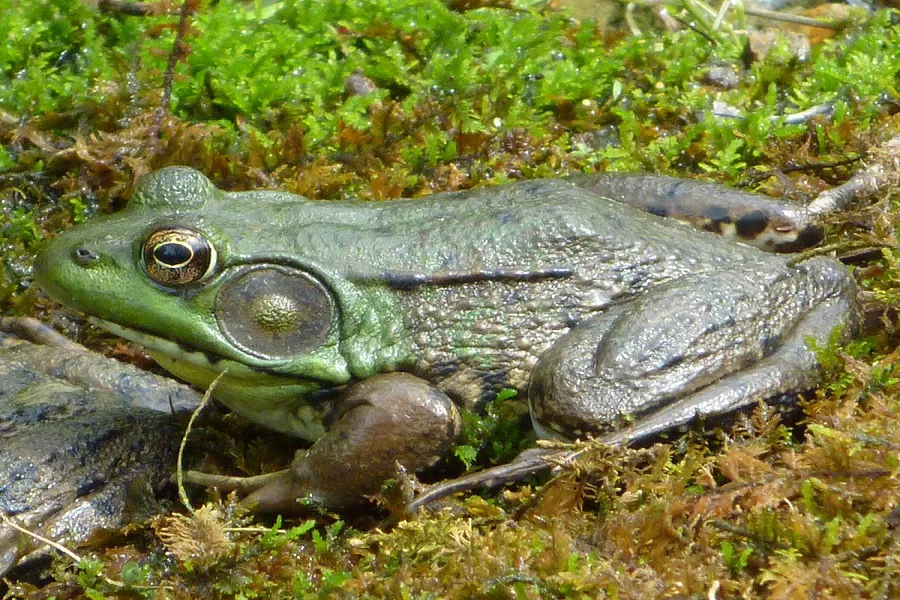What is hyacinth macaw?
The hyacinth macaw (scientific name: Anodorhynchus hyacinthinus): is the largest member of the bird class and parrot family, with a body length of up to 1 meter and a weight of more than 1.5 kilograms. Their bright blue feathers and huge hooked beak make them particularly striking. The beak is hooked, the upper jaw has movable joints, and the base of the beak has a wax membrane. Muscular thick tongue, good at imitating other bird sounds and human language. The feet are short, strong, and flat-toed, suitable for climbing life. The feathers are gorgeous, with pink down feathers. Late bloomers.
What does hyacinth macaw look like?
The hyacinth macaw is the largest parrot in nature, with a body length of 95-100 cm and a weight of 1.2-1.7 kg. It has beautiful bright cobalt blue feathers and a huge hook-like black beak. It has wings that can stretch up to 1.3-1.5 meters long. The plumage of the hyacinth macaw is dark blue, close to indigo, and shiny. Their beaks are black, with a very bright yellow bare skin on the back of the lower beak and around the eyes. Unlike other species of the macaw, the hyacinth macaw has no white, featherless bare skin around the eyes.
hyacinth macaw living habits
Hyacinth macaws are very social birds. Usually found in pairs or small groups, solitary hyacinth macaws are rarely found alone. Courtship, mating, and bonding activities take place throughout the year. It is most active from morning to noon and flies out to feed in small flocks of 2-8. Return to the shelter at sunset to perch in a tree and spend the night there. Hyacinth macaws are often described as gentle giants with gentle and loving personalities. The family range of this species is largely determined by the location of its food sources. Some choose not to stray too far from where they live, while others make daily excursions to wooded areas where food is available. Long foragers usually fly in large flocks.
hyacinth macaw rearing
Hyacinth macaws are economically significant to humans, and interest in birds has sparked a boom in tourism in Brazil. They are also part of the international live bird trade. The capture and export of wild birds (although illegal in Brazil) has caused the species to plummet. Over-exploitation of agriculture and animal husbandry has severely damaged the habitat, poaching parrots for their high price, and causing many hyacinth macaws to die every year. 1986 estimated wild hyacinth macaw individuals to be 1,500 to 1,000 individuals. However, 95% of the main reason for the inability to increase the number is the serious shortage of nests derived from habitat destruction. These various factors make the wild hyacinth macaw face the crisis of extinction.


























